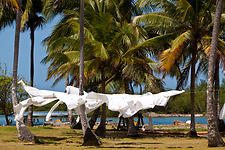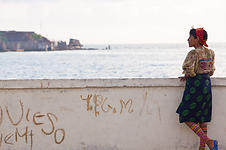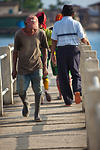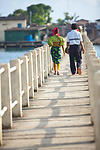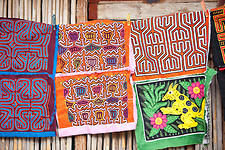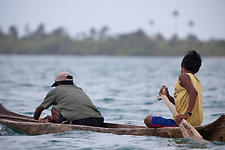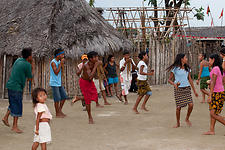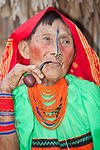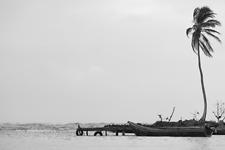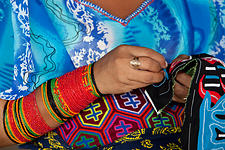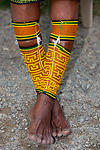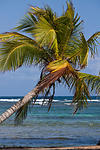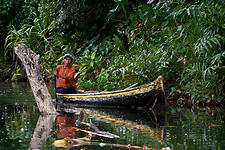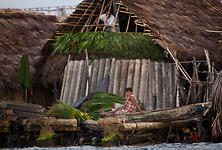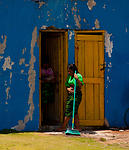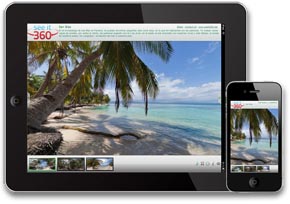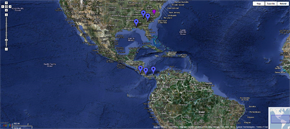San Blas - Panama
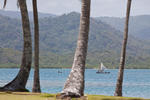 Growing up in Panama, we always hear, read and learn about the Archipelago of San Blas. Our education includes the geography, the indigenous group that inhabits the islands and books like the novel Nalu Nega, by Alfredo Canton.
Growing up in Panama, we always hear, read and learn about the Archipelago of San Blas. Our education includes the geography, the indigenous group that inhabits the islands and books like the novel Nalu Nega, by Alfredo Canton.
Even so, this place within the borders of my own country felt so far away to me; almost mythical.
 The Archipelago of San Blas is located off the northern coast of the Republic of Panama. It comprises a group of over 350 islands, surrounded by the Caribbean Sea and home to the Kuna People, which are famous for their colorful stitched fabrics “Molas”.
The Archipelago of San Blas is located off the northern coast of the Republic of Panama. It comprises a group of over 350 islands, surrounded by the Caribbean Sea and home to the Kuna People, which are famous for their colorful stitched fabrics “Molas”.
People might think that as a Panamanian, I have probably been to all the exotic and popular places available in the isthmus. Unfortunately, there are many places that I have not yet visited, thrilling me with the desire to discover and re-discover my own country.
At least San Blas is no longer in the "I haven't been there" list; however, it is not the kind of location you can visit only once. This place has much to offer and it is impossible to enjoy it all in one or two trips; besides I doubt that I could ever become tired of the coastal life.
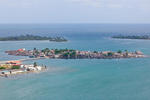 My husband and I have been on San Blas twice. On both occasions, we took small commercial planes at the Albrook Airport in Panama City; the excitement of the trip never leaves me room to worry about the little plane that we have to take, until we get to the airport. On our last visit, we took a very small plane and I felt like I was surfing the air on one made out of paper. But once you are in the air and the plane flies over the jungle, you know that it’s worth it; looking at the ocean and the coastal line from above is a priceless experience.
My husband and I have been on San Blas twice. On both occasions, we took small commercial planes at the Albrook Airport in Panama City; the excitement of the trip never leaves me room to worry about the little plane that we have to take, until we get to the airport. On our last visit, we took a very small plane and I felt like I was surfing the air on one made out of paper. But once you are in the air and the plane flies over the jungle, you know that it’s worth it; looking at the ocean and the coastal line from above is a priceless experience.
Our first visit to San Blas was a very short escapade of one day, just enough to make us angry for not having booked more time. The second time was a three day visit and we enjoyed every single minute of it.
Some call these type of places "paradise"; I would not put San Blas in that category. In my head, a "paradise" is like a perfect place, where life goes smoothly, with no major problems or tragedies; where you can go and for a few days, just enjoy life in a worry free world. Is there a place like that anyway?
The area is humid, there are mosquitoes, social challenges and problems to solve. During our last visit the community was working to rebuild several houses that were burned to the ground with a fire experienced some weeks prior to our arrival. The majority of the houses and structures are built in the traditional way, with materials obtained from the jungle. This type of construction, while sensitive to the environment, are very vulnerable to fire.
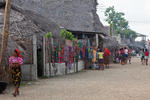 With a simple walk around a Kuna village, we appreciate that life in San Blas is just life, like in any other place. But what is wonderful for us, is that everything goes at a slower pace, there is great joy in appreciating the simple things of life and time to actually do so.
With a simple walk around a Kuna village, we appreciate that life in San Blas is just life, like in any other place. But what is wonderful for us, is that everything goes at a slower pace, there is great joy in appreciating the simple things of life and time to actually do so.
On the economic side, there is some level of tourism, which is a source of income in the area, however their main economic activities are agriculture and fishing.
From our conversation with a couple of people from one of the villages, we realized that the Kunas have an extraordinary knowledge about fishing and hunting; they have a diet based on seafood, local roots, and vegetables. They also have an important trade relationships with Colombian ships that come to the area, bringing supplies that they need, in exchange for coconuts that the Kuna provide.
During both of our visits, we took photos of the turquoise waters, the palm trees, the Molas, the ladies wearing their traditional dresses, men surfing the waters on their dugout canoes, people walking or just stopping for a moment to look at these people taking photos. San Blas is an amazing place for photos. There is always an opportunity, you just have to be ready.
We definitely have to go back and spend more time. It is wonderful to look at the photos and bring back the memories, but unfortunately, there are things that cannot be captured on film. The roar of the ocean, the salty mist; the breeze that surrounds you with its delicate embrace and layers of smells; the birds and their acrobatics; and especially the people and their warmth.

